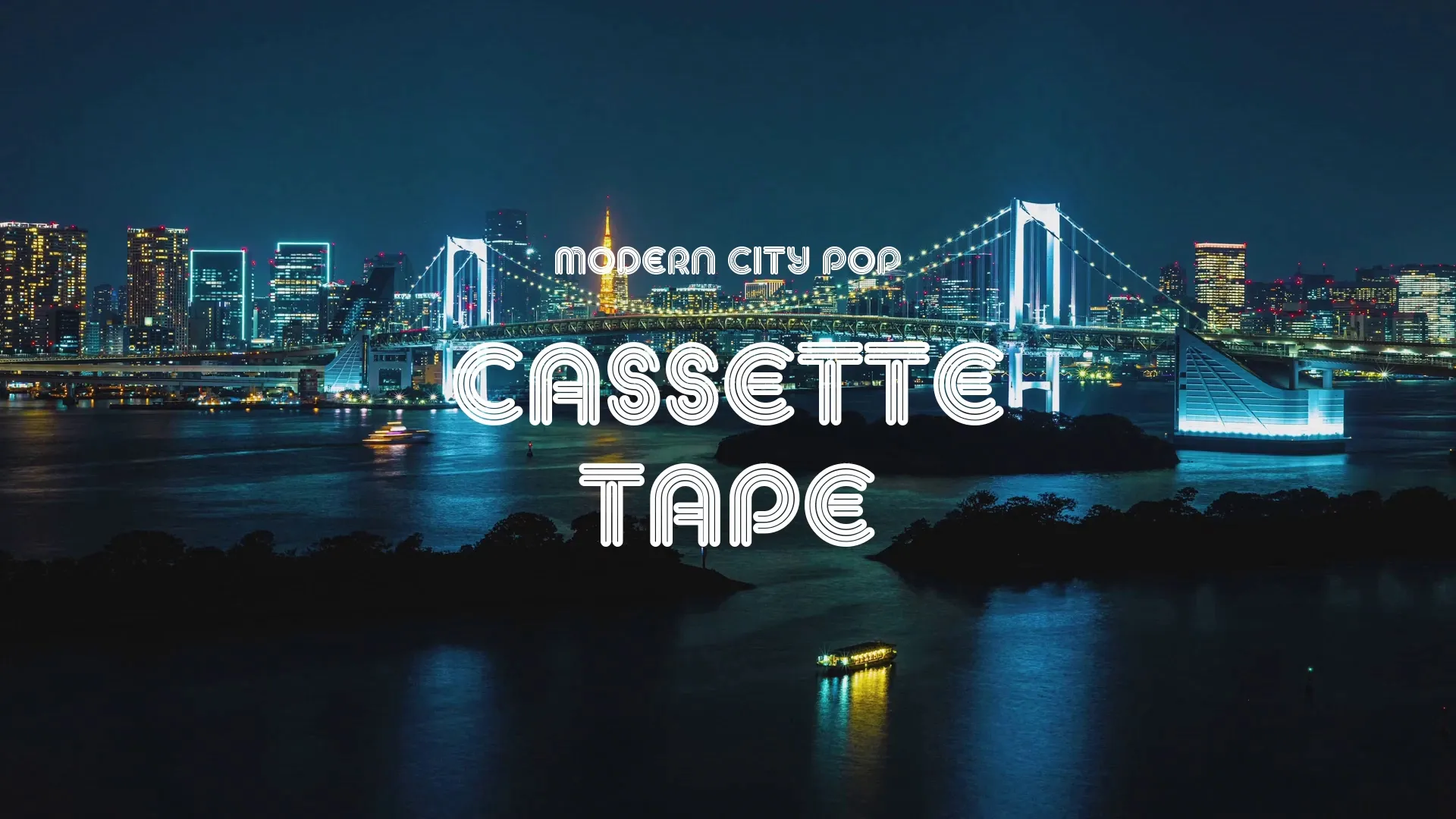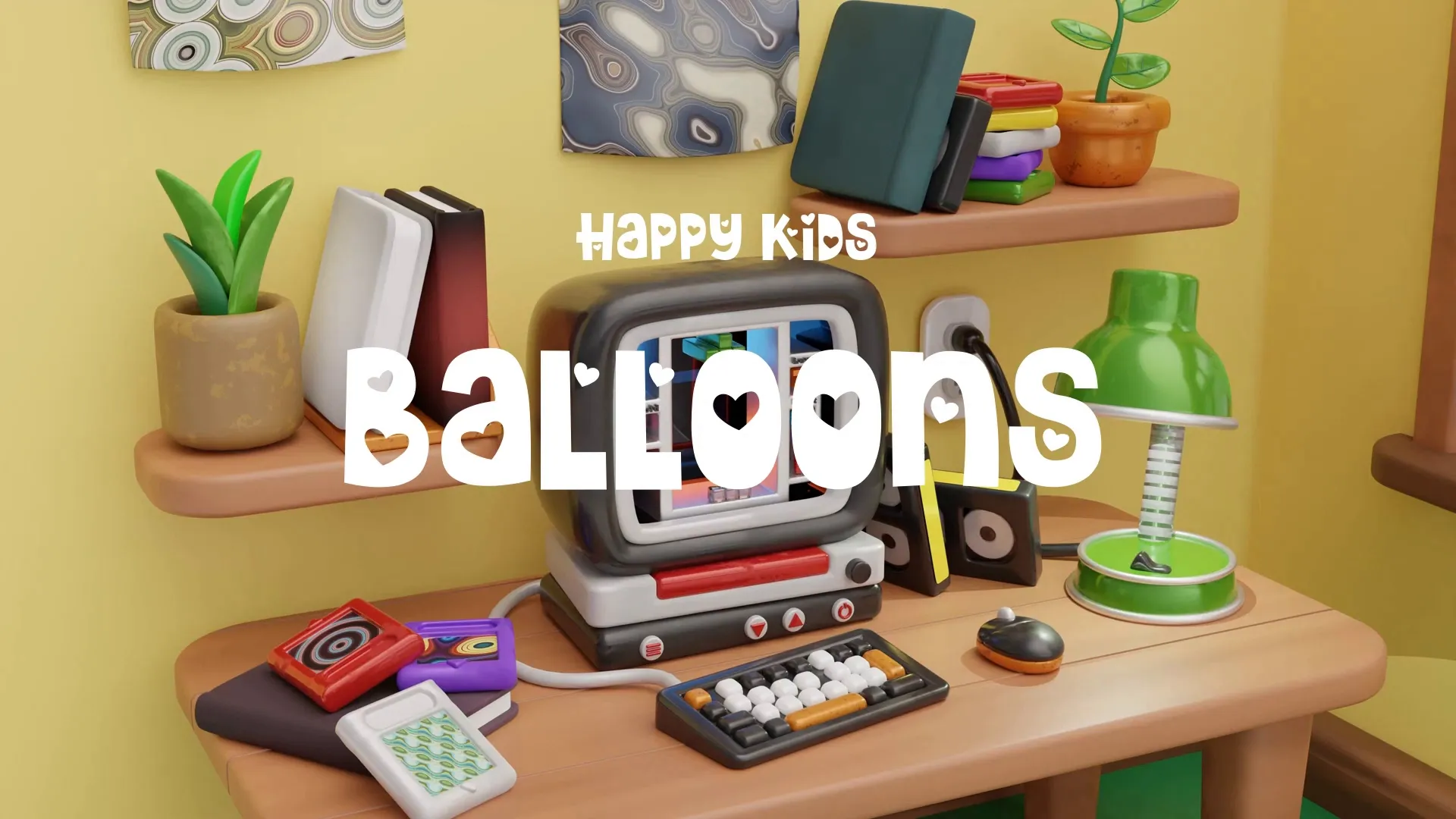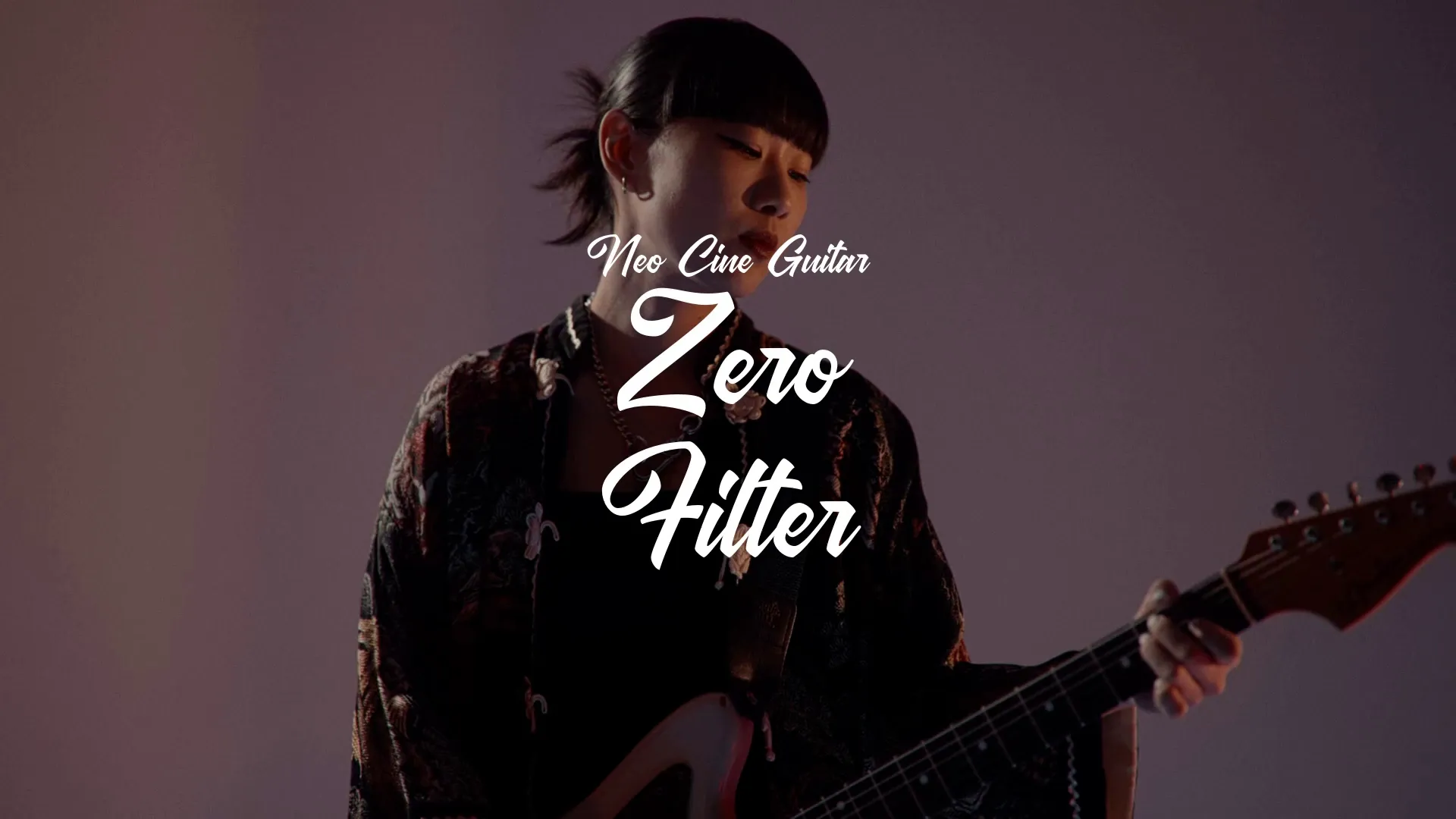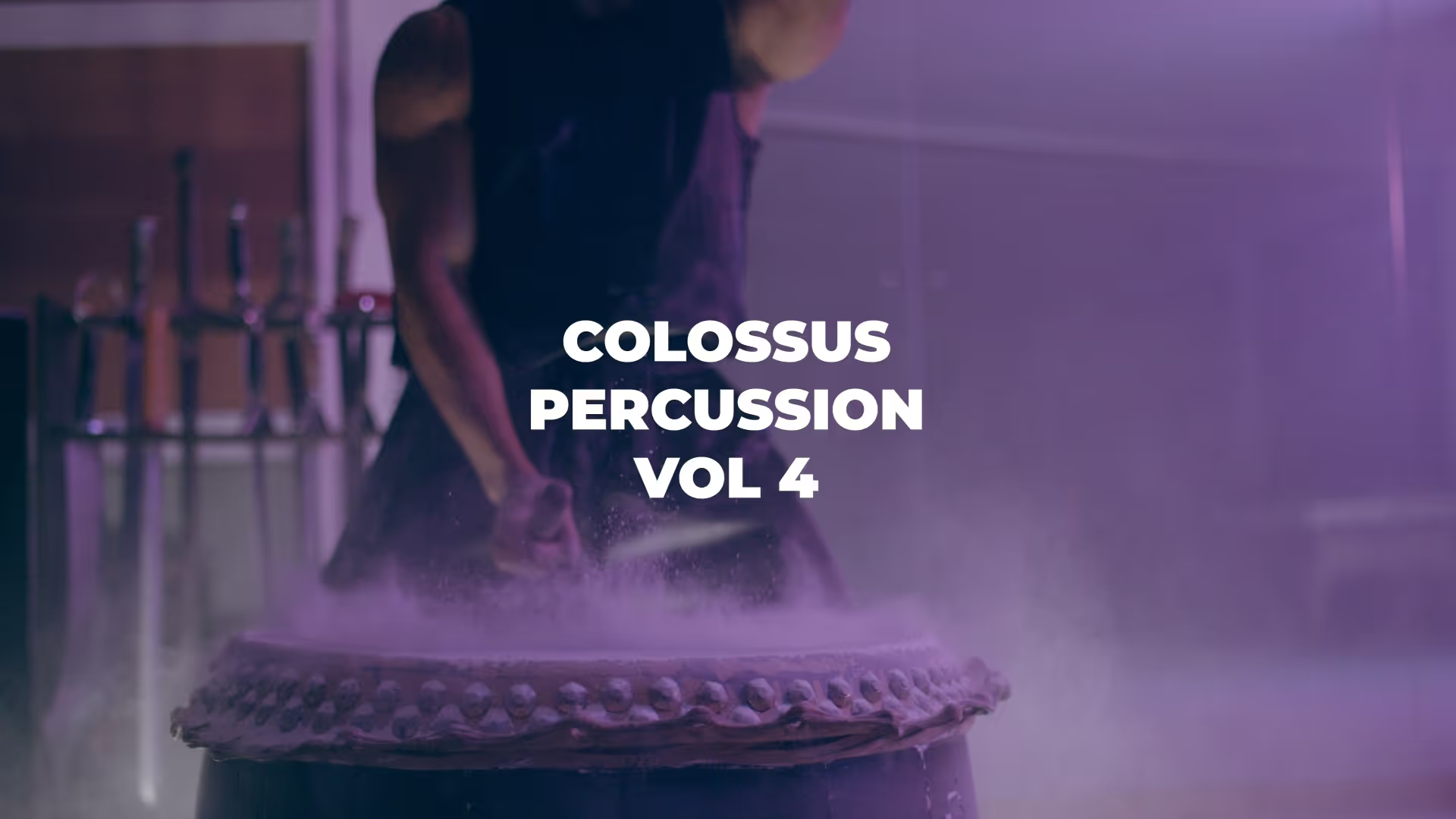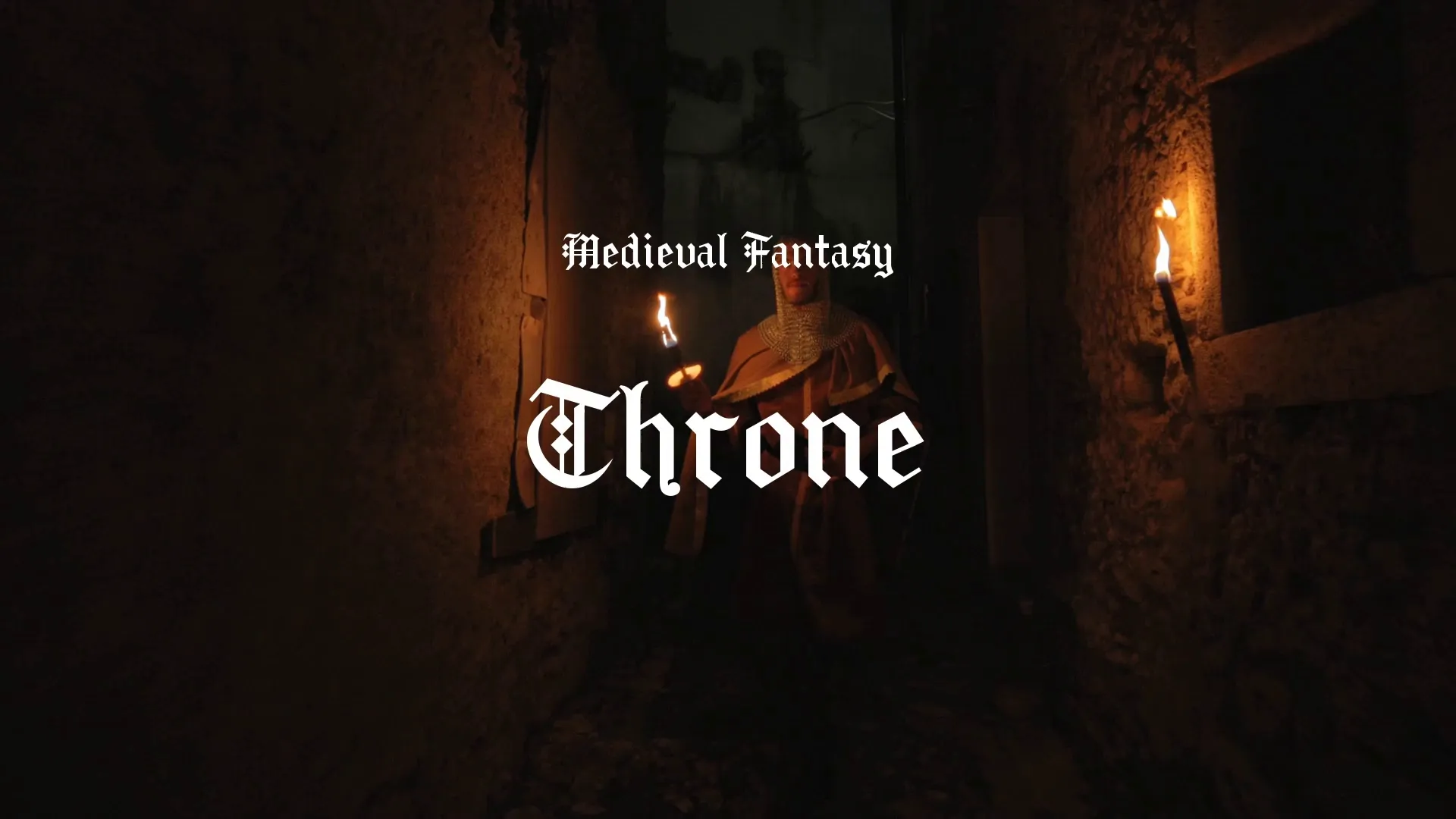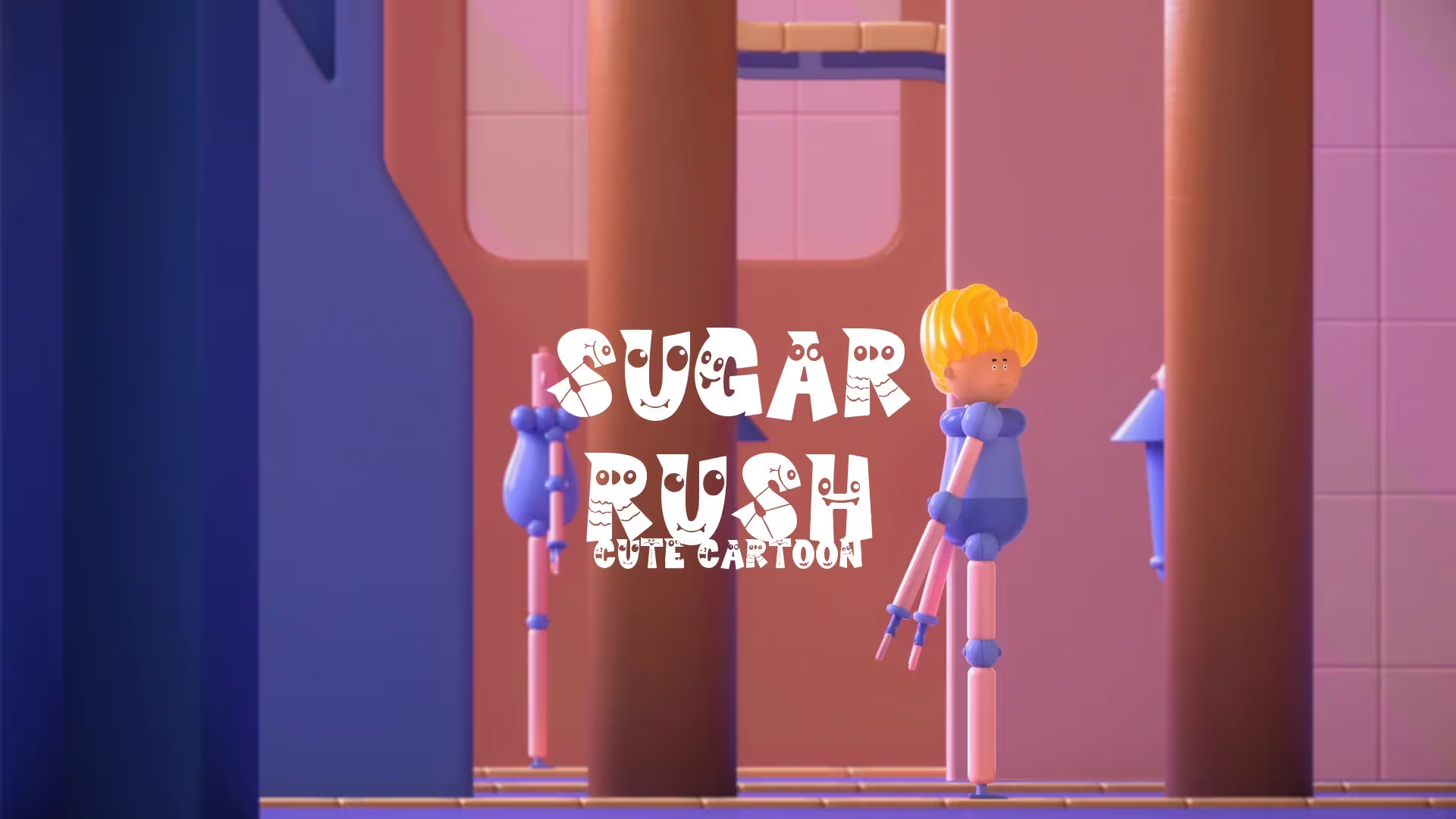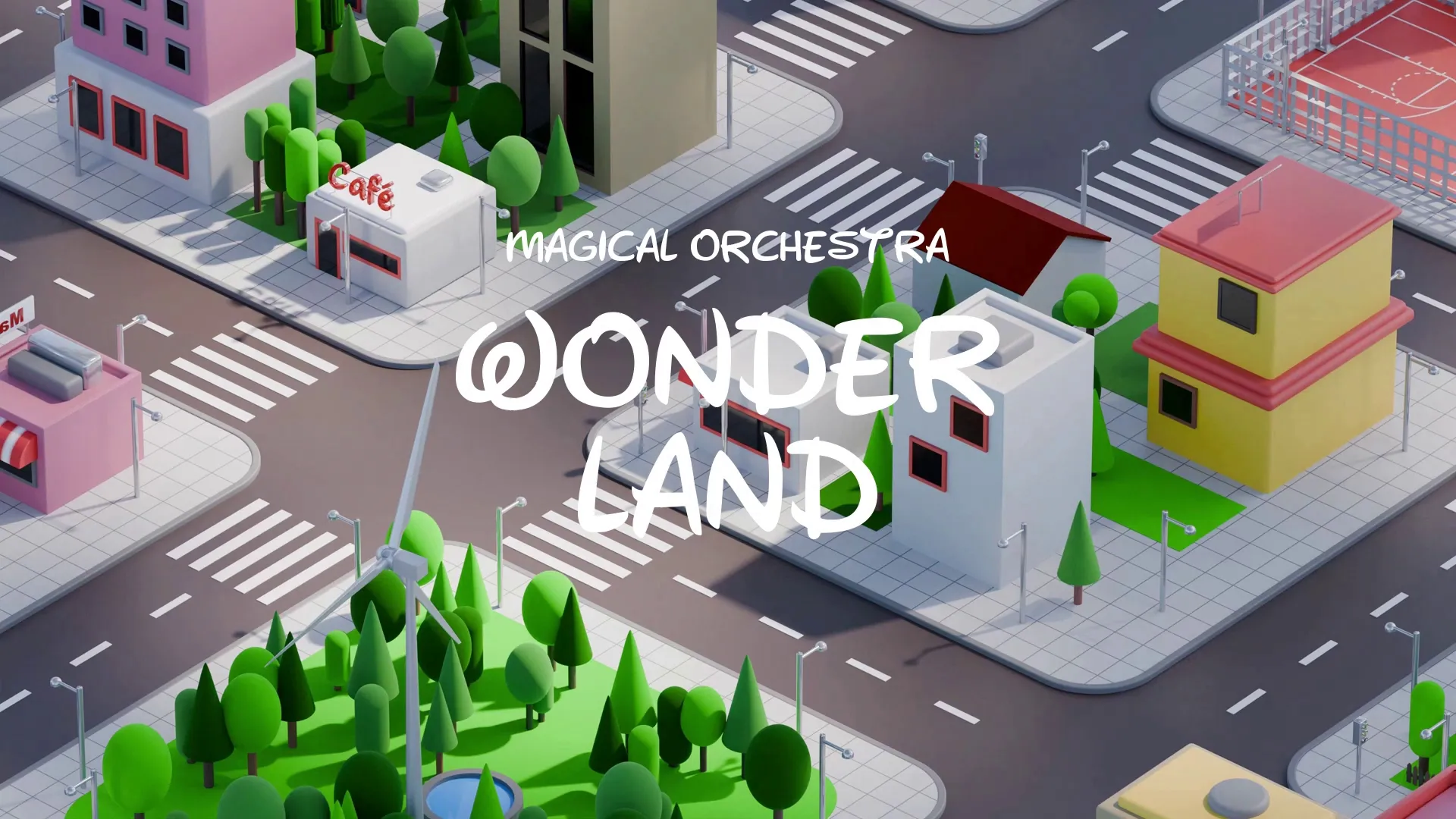Forced Perspective: Amplifying Player Agency Through Illusion
The architect of a truly compelling game experience doesn’t just build worlds; they sculpt perception. We’re not talking about mere visual fidelity or hyper-realistic textures. We delve into the subtle art of manipulating player perspective, bending the very fabric of the game world to create a sense of agency that transcends the limitations of code and level design. This is the power of forced perspective, and its surprising ability to amplify player agency.
The Illusion of Choice: Forced Perspective as a Player Empowerment Tool
Forced perspective, at its core, is an optical illusion. It manipulates the perceived size and distance of objects to trick the eye. In game development, this technique is often relegated to simple environmental puzzles or creating the illusion of vastness in the background. But what if we could harness its power to fundamentally alter the player’s feeling of control?
The premise is simple: a player who believes they have more freedom to explore and interact will inherently feel more engaged and empowered. This perception, even if subtly manufactured, can be more impactful than actual open-world mechanics. The key lies in understanding how the human brain processes visual information and leveraging those biases to create a convincing illusion of player agency.
The Anatomy of the Illusion: How Forced Perspective Works
Understanding the mechanics of forced perspective is critical. It’s not just about scaling objects; it’s about understanding how depth perception, scale, and relative positioning influence our understanding of space. Our brains are constantly making assumptions about the world based on visual cues. Exploiting those assumptions is the art of the illusion.
Consider a corridor that appears to stretch far into the distance. By subtly scaling down the width and height of the corridor as it recedes, and by strategically placing objects of decreasing size, we can create the illusion of a much longer space than actually exists. The player, believing the corridor is vast, may feel a sense of freedom to explore its depths, even if that exploration is ultimately linear and constrained. This is a prime example of perceived freedom enhancing player agency.
Case Study: The Linear Labyrinth - Control
Remedy Entertainment’s Control is a masterclass in manipulating player perception within a confined space. The Oldest House, the game’s setting, is a constantly shifting brutalist structure. While seemingly vast, many areas are interconnected in cleverly disguised ways. Forced perspective is used extensively to create a sense of labyrinthine complexity.
Long hallways appear to stretch endlessly, only to loop back on themselves. Vertiginous drops seem much deeper than they are, creating a sense of precariousness and scale. Even the seemingly impossible geometry contributes to the illusion of a space that defies Euclidean logic, thus amplifying the feeling of being lost in a place beyond comprehension, and giving the illusion of having the power to traverse and control the seemingly uncontrollable. This, in turn, grants a sense of unique player agency.
The game cleverly uses lighting and atmospheric effects to further enhance the illusion. Ominous shadows and obscured pathways create a sense of mystery and encourage exploration, even when the path is relatively straightforward. By constantly playing with the player’s expectations and perceptions, Control transforms a relatively linear environment into a captivating and disorienting labyrinth.
The Art of Subtlety: Avoiding the Obvious Pitfalls
The effectiveness of forced perspective hinges on subtlety. Overly obvious manipulation can break immersion and shatter the illusion. This can actually decrease player agency as they become aware of the artifice. The goal is to create a convincing illusion, not a blatant trick.
A common mistake is to simply scale objects linearly. This can create a distorted and unnatural look. Instead, consider using non-linear scaling, adjusting object size based on distance and viewing angle. Also, pay attention to lighting and texture detail. A low-resolution texture on a supposedly distant object will immediately betray the illusion.
Another pitfall is overuse. Constantly employing forced perspective can become tiring and predictable. Use it sparingly and strategically, focusing on key areas where you want to create a sense of scale or distance. In other areas, rely on more traditional level design techniques.
Optimizing for Performance: Technical Considerations
Implementing forced perspective can be computationally expensive. Manipulating object scales and positions in real-time can impact performance, especially in complex scenes. Optimization is crucial to maintaining a smooth and responsive gameplay experience.
One approach is to use pre-baked lighting and shadows. This reduces the need for real-time calculations, freeing up processing power for other tasks. Another technique is to use level of detail (LOD) models. This allows you to use lower-resolution models for distant objects, further reducing the performance overhead.
Create a free account, or log in.
Gain access to free articles, game development tools, and game assets.


